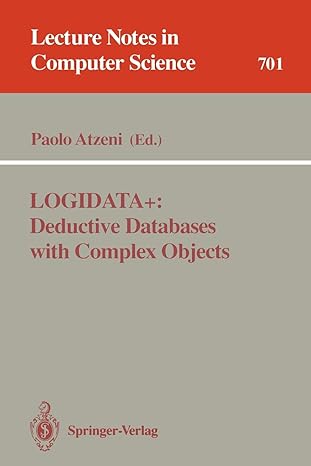Question
In Chapter 17, we focused on goods with positive network effects: ones for which additional users made the good more attractive for everyone. But we
In Chapter 17, we focused on goods with positive network effects: ones for which additional users made the good more attractive for everyone. But we know from our earlier discussion of Braesss Paradox that network effects can sometimes be negative: more users can sometimes make an alternative less attractive, rather than more attractive. Some goods actually have both effects. That is, the good may become more attractive as more people use it as long there arent too many users, and then once there are too many users it becomes less attractive as more people use it. Think of a club in which being a member is more desirable if there is a reasonable number of other members, but once the number of members gets too large the club begins to seem crowded and less attractive. Here we explore how our model of network effects can incorporate such a combination of effects. In keeping with the notation in Chapter 17, lets assume that consumers are named using real numbers between 0 and 1. Individual x has the reservation price r(x) = 1x before we consider the network effect. The network effect is given by f(z) = z for z 1/4 and by f(z) = (1/2) z for z 1/4. So the network benefit to being a user is maximized when the fraction of the population using the product is z = 1/4, once the fraction is beyond 1/4 the benefit declines, and it becomes negative if more than 1/2 of the population is using it. Suppose that the price of this good is p where 0 < p < 1/16.
(a) How many equilibria are there? Why? [You do not need to solve for the number(s) of users; a graph and explanation is fine.]
(b) Which equilibria are stable? Why?
(c) Consider an equilibrium in which someone is using the good. Is social welfare maximized at this number of users, or would it go up if there were more users, or would it go up if there were fewer users? Explain. [Again no calculations are necessary; a careful explanation is sufficient.]
Step by Step Solution
There are 3 Steps involved in it
Step: 1

Get Instant Access to Expert-Tailored Solutions
See step-by-step solutions with expert insights and AI powered tools for academic success
Step: 2

Step: 3

Ace Your Homework with AI
Get the answers you need in no time with our AI-driven, step-by-step assistance
Get Started


